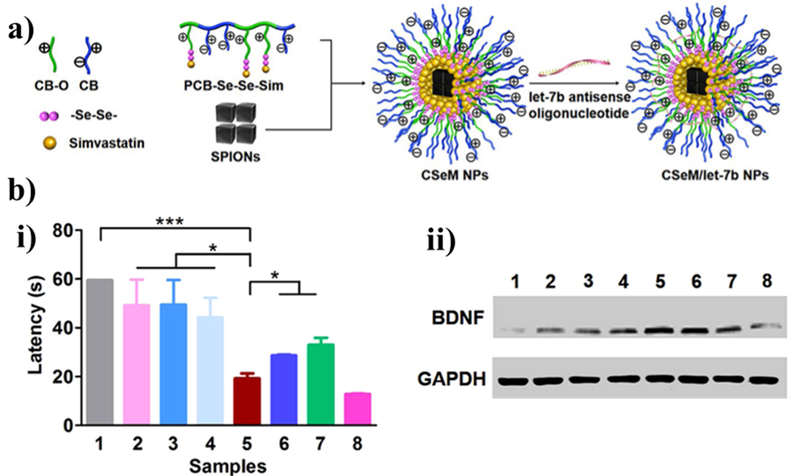Figure 4. Example particle utilizing diselenide bonds as a ROS-responsive cleavable site.
(a) Schematic of the chemical structure of the poly(carboxybetaine)-SeSe-simvastin nanoparticles containing superparamagnetic iron oxide nanocubes (SPIONs) for tracking and the antisense oligonucleotide let-7b (CSeM/let-7b NP). (b) Experimental results following injection of neuronal stem cells (NSCs) incubated with the nanoparticles for 4 hours to treat Alzheimer disease model mice (2xTg-AD). (i) The escape latency of the mice to complete a Morris water maze after 5 days of training with the maze once a day. (ii) Western blot of brain-derived neurotropic factor and glyceraldehyde-3-phosphate dehydrogenase (GAPDH) control after 7 days. Conditions: (1) saline, (2) NSCs alone, (3) let-7b antisense oligonucleotide-NSCs, (4) simvastatin-NSCs, (5) CSeM/let-7b NP-NSCs, (6) CH/M(encapsulated simvastin)/let-7b NP-NSCs, (7) CSeM/Control NP-NSCs, (8) wild. Reprinted (adapted) with permission from [96]. Copyright 2018 American Chemical Society.

